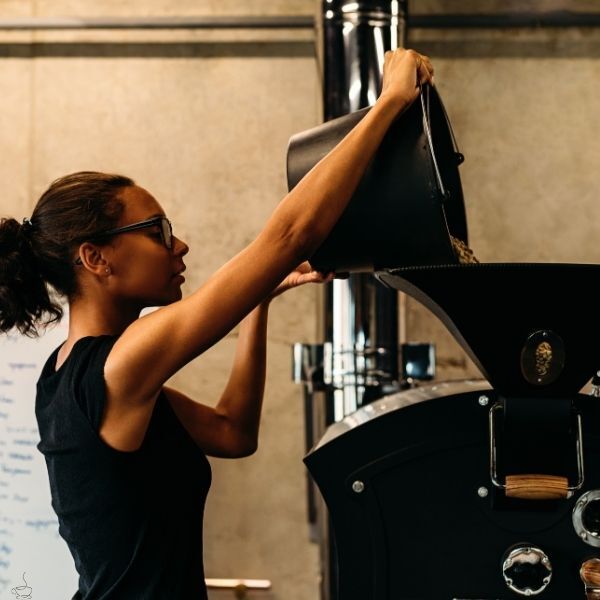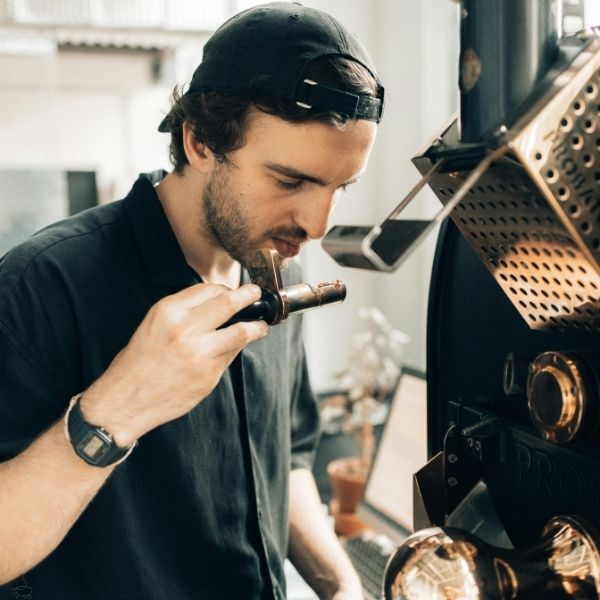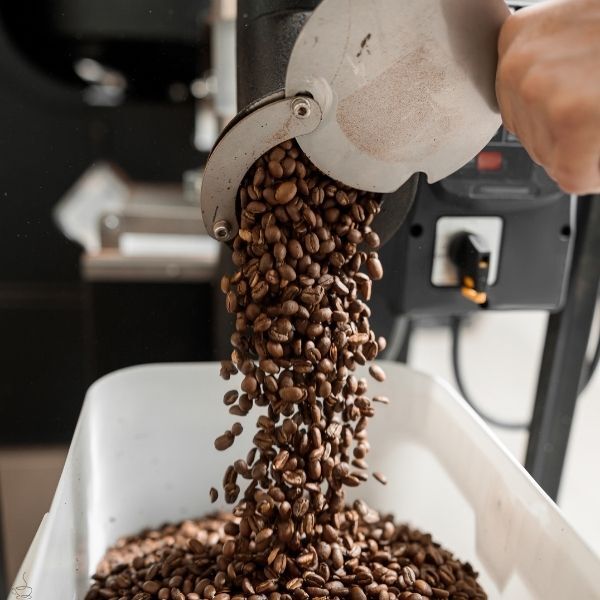Light
- High clarity & origin character.
- Livelier acidity, juicy sweetness.
- Best for pour over, filter, curious palates.
Small Batch • Profile-Driven • Consistent
From green to great — this is how we turn thoughtfully sourced coffee into the cups you love: controlled profiles, repeatable QC, and roast levels built for real-world brewing. For how to brew it at home, head to Bert’s Coffee Brew Guide.
Every coffee is different. We build profiles that balance sweetness, clarity, and body while preserving the character of each origin and process — not forcing everything into one “house” flavor.




Lots are logged and checked for moisture, density, and screen size. This data guides charge temperature and overall roast approach.

We design profiles around the coffee’s origin, process, and role (single origin, blend base, component) — dialing gas and airflow to hit our target flavor.

Beans hit the drum (“charge”), temperature dips, then climbs in a controlled curve. This sets the stage for even development.

Sugars brown and aromatics build. We steer rate-of-rise to balance sweetness, structure, and solubility.

Beans expand and crack as internal pressure releases. We mark this moment to define development time and final roast level.

From first crack to drop, we fine-tune flavor — shorter for clarity and brightness, longer for deeper caramel and body, never into ashy.

We end the roast at the target color and temp, then cool quickly to lock in flavor and avoid baked notes.

Beans rest, then we cup and test across brew methods. Only profiles that perform consistently move to full production.
We track roast curves, color, and extraction behavior so each batch lands where the profile says it should.
Multiple tasters evaluate sweetness, acidity, body, and finish — checking for clarity and absence of defects.
We test on real brewing setups to be sure our coffees behave beautifully for guests and wholesale partners.
As internal pressure builds, beans expand and audibly crack. It’s a key marker that signals the start of development and helps define roast level.
The time from first crack to drop. Longer development deepens caramelization and body; shorter emphasizes brightness and nuance.
Freshly roasted beans release CO₂ that can interfere with extraction. Resting lets flavors settle into a sweeter, more stable cup.
In a sealed container at room temperature, away from light, heat, and moisture. Grind just before brewing for the best results.